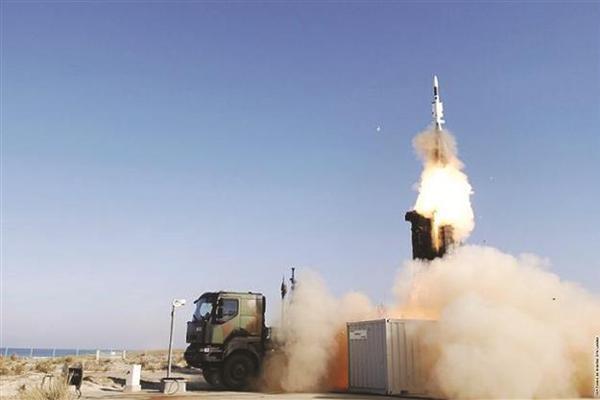Air defense program continues to stumble into chaos
BURAK BEKDİL


NATO and US officials have said any Chinese-built system could not be integrated with Turkey’s joint air defense assets with NATO and the United States, and that it may harm Turkey’s relations with the alliance.
Turkey’s controversial and multibillion-dollar program for the construction of the country’s first long-range air and anti-missile defense system, dubbed T-LORAMIDS, has looked sluggish in its public posture over the past few months, but it has been exposed to even further complications behind the scenes.A senior official from the defense procurement agency, the Undersecretariat for Defense Industries (SSM), said that although the decision to award the contract to a Chinese contender was the right thing to do “under the specified parameters,” things look different today. “The technical parameters remain but non-technical parameters have entered the equation.”
According to a Defense Ministry official , the problems surrounding the program today date back several years when a consortium of European defense firms decided to build the Eurosam system on their own. “If at that time they thought about inviting Turkey to the program, today we would not even be talking about a competition,” the official said.
Much to its NATO/Western allies’ disappointment, Turkey selected China Precision Machinery Import-Export Corp (CPMIEC) for the contract last September. If contract negotiations with the Chinese contender failed, Turkey would open talks with its European and U.S. rivals.
Turkey has come under strong pressure from its NATO allies since it announced its decision over the T-LORAMIDS, as they say any Chinese-built system could not be integrated with Turkey’s joint air defense assets. Ankara said it had chosen CPMIEC’s FD-2000 missile-defense system over rival offers from Franco-Italian Eurosam SAMP/T and U.S. Raytheon, adding that the decision was based on a better price and better terms of technology transfer.
Aselsan option
Procurement officials familiar with the program said Eurosam’s solution had lost part of its allure after military electronics specialist Aselsan, Turkey’s biggest defense firm, emerged as an out-of-competition option. “Eurosam could deliver the system only a couple of years earlier than Aselsan which makes it more reasonable to go for a local solution in comparison with the European solution,” one official said.
Aselsan has been quietly working to assess an indigenous solution for what would become Turkey’s first long-range air and anti-missile defense system. Aselsan thinks it can deliver the T-LORAMIDS in about eight to 10 years.
In 2007, when Turkey decided to build low-, medium- and high-altitude air defense, it chose a partnership of Aselsan and Roketsan, a local missile maker, for the low- and medium-altitude systems, and award the long-altitude contract to a foreign manufacturer. Last October, Aselsan completed the test launch of its first domestically developed and manufactured low altitude air defense missiles, Hisar-A, and set off to work on Hisar-O, the medium-altitude system.
Aselsan, the prime contractor, is developing all radar, fire control, command and control and communication systems for the program while Roketsan is acting as the executive sub-contractor. Ideally, the HİSAR-A system, which will provide protection against all kinds of airborne targets thanks to its vertical launch capability, will enter the Turkish military inventory in 2017.
When combined and made interoperable, Hisar-A and Hisar-O will destroy threats at low-medium altitude. The program involves the development and production of two types of ground systems, self-propelled armored and wheeled vehicle mounted air defense missile systems, and the missile.
Hisar-A is an air defense missile system mounted on a self-propelled armored vehicle and can be fully autonomous by means of 3D radar, Electro-Optic system, command control and fire control.
Hisar-O is composed of one battalion headquarters and headquarters company and three batteries, each of which has a sufficient amount of launchers, missiles, radars, command-control and communication systems and other support equipment.
But procurement officials now privately think that both Hisar-A and Hisar-O could face major delays due to problems, particularly with the guidance system they would operate. “We are worried that if Aselsan finds it problematic to construct a system covering a 10-to-15-kilometer range on time, could it really deliver a much more complex and long-range system on time?” said the official. “We are not sure if Aselsan would be the best option other than for its ‘local-ness.’”
